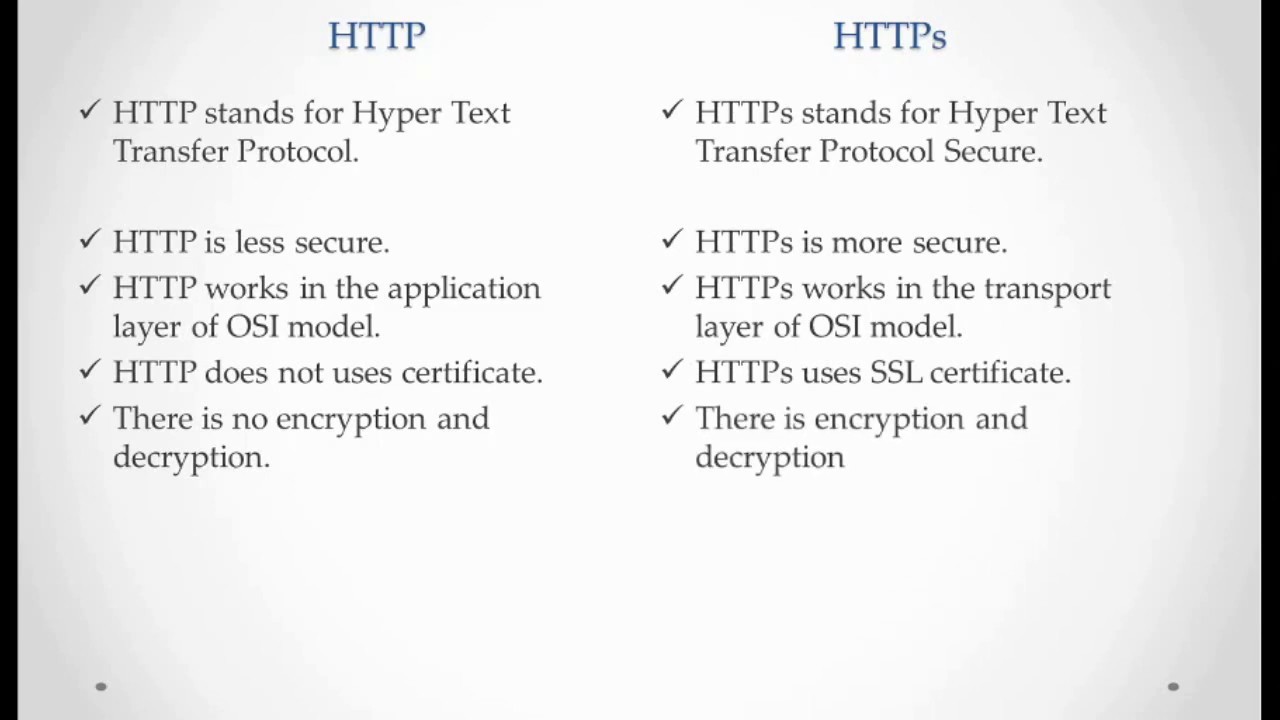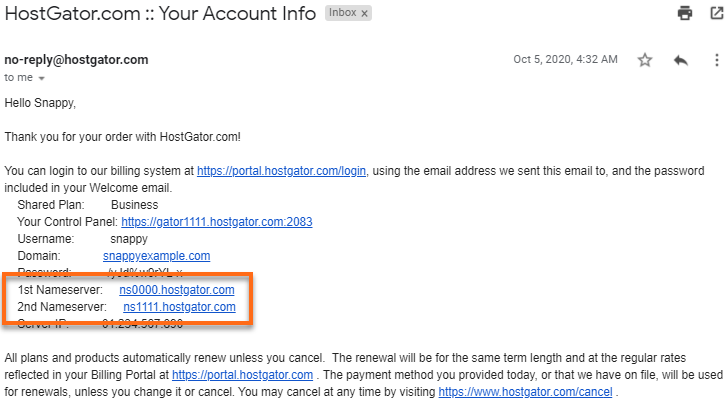
Apache is the most popular server software on the Internet. It is available for Red Hat(r), CentOS as well as Red Hat(r). Red Hat users have many of the same benefits that CentOS users enjoy. It is easy to configure and install, and is a powerful server. This article will show you how to configure SELinux and install PHP 5.4.
Configuring SELinux
Apache can be configured for SELinux security purposes. It is a very secure measure, as SELinux allows the user to control the security settings for their server. SELinux will block Apache from loading content in directories that are not within the default directory. However, you can customize this by writing a custom policy.
SELinux, a security feature for Linux, can prevent unauthorized access. It detects and prevents the misuse of processes and applications. It also offers two modes of operation, enforcing as well as permissive. The permissive mode allows all processes to run while the enforcing mode blocks programs.
Creating virtual hosts
To create virtual hosts, the first step is to create a file describing the configuration of your site. This file tells Apache how to respond to different domains. This virtual host file should be placed in the sites enabled or sites available directory. A symbolic link must also be created.

Once you have created your virtual host, you need to upload web content to it. This is done via creating a DocumentRoot director in the Apache directory. This will act as your website's Document Root in the virtual configuration file. This directory is used to serve the content of the domain when a user navigates there.
Apache policies: How to manage them
The SELinux security framework lets you customize the security of Apache processes. You can set both directory-specific and universal policies. Because of the greater control it gives, it's recommended that Apache policies be set on specific directories. Another option is to set all policies for the entire server. This will tell SELinux how to treat Apache processes in the same manner. This will allow you to modify the security of your server, but not the same level.
Apache HTTP server has been one of the most used web servers. It is free, cross platform, open-source, extensible, and it supports a wide range of configurations. Apache is included in CentOS 8's default repositories. This allows for quick installation and configuration. CentOS 8 defaults the FirewallD firewall. Apache webserver creates firewalld server files and predefined guidelines for HTTP (80), HTTPS (443) ports.
Installing PHP 5.4
PHP 5.4 is an extension of the popular open source programming language. This server-side scripting language works with Apache web server. The installation of PHP can be complicated by the latest Apache version. Luckily, there are several steps that will resolve these problems. These are just a few of many steps you can take.
First, ensure you have the right PHP version installed. PHP 5.4 should be used as the default. If you want to install a different version you can use the yum packages yum-utils. Alternativly, you can enable Remi to download the PHP version you need.

Get your server's IP Address
After installing Apache on CentOS you can verify your IP address with the ip-address command. This command will output the IP address information for your server. You can verify that your website works properly by using this IP address. After you verify that your IP is correct, you may try to view your website in any browser you use in any country by entering the URL.
The default web page for Apache indicates that the server is up and running. To view more information, scroll down to the bottom of the page to see information about the Apache files and directories on the server. This information is essential because it can be used to make DNS and networking changes.
FAQ
How much does it cost to create an ecommerce site?
This will depend on whether you are using a platform or a freelancer. eCommerce sites typically start at around $1,000.
Once you have chosen a platform, expect to pay between $500 and $10,000.
You won't spend more than $5,000 if you are using a template. This includes any customizations that you might need to suit your brand.
How do I create my own website?
It depends on what type of website you want to create. Do you want to sell products online? Start a blog? Build a portfolio?
An essential website can be created using HTML and CSS. This is a combination of HyperText Markup Language (HTML) and CascadingStyle Sheets (CSS). It is possible to make a basic website with HTML and CSS. However, many web developers recommend using a WYSIWYG editor, such as Frontpage or Dreamweaver.
You might consider hiring a freelance designer if you don’t know how to design websites. They can help you build a website customized to your needs.
A freelance developer may charge you either a flat-fee per project, or an hourly fee. It depends on the amount of work that they do in a given time frame.
For example, companies may charge 50-100 dollars an hour. You'll usually get higher rates for larger projects.
There are many websites that list jobs available for freelancers. There are many websites that list available jobs.
What kind of websites should I make?
The answer to this question depends on your goals. It may be best to sell online your products to build a company around your website. This will require you to set up a strong eCommerce site.
Blogs, portfolios and forums are all popular websites. Each one requires different skills and tools. To set up a blog for instance, you'll need to learn about blogging platforms like Blogger and WordPress.
You must decide how to personalize your site's appearance when choosing a platform. There are many templates and themes that are free for each platform.
Once you have selected a platform you can add content to your website. Your pages can be filled with images, videos and text.
You can publish your website online once you have launched it. Your site is now available for visitors to view in their browsers.
Should I use WordPress or a website builder?
A small website is the best way to build a successful web presence. If you have the time and resources to build a full-blown site, then do so. But if you don't have these resources yet, starting with a simple blog might be the best option. As you develop your website design skills, you can always add additional features.
Before you start building your website, it is important to establish a primary domain. This will provide you with a point of reference when you publish content.
Can I make my website using HTML and CSS?
Yes! If you've followed the steps, you should now be able create your website.
You now know how to build a website structure. Now you need to learn HTML and CSS coding.
HTML stands for HyperText Markup Language. This is like writing a recipe. You would list ingredients, directions, etc. HTML is a way to tell a computer which parts are bold, underlined, italicized or linked to other parts of the document. It's the language of documents.
CSS stands for Cascading Style Sheets. You can think of CSS as a style sheet for recipes. Instead of listing each ingredient or instruction, you will write down the general rules for font sizes and spacing.
HTML tells the browser how to format a web page; CSS tells it how to do it.
Don't panic if either of these terms are confusing to you. Follow the tutorials below, and you'll soon be making beautiful websites.
What is the best platform for creating a website design?
WordPress is the best platform for creating websites. It has all the features required to create a professional-looking website.
Themes are easy-to-install and customizable. There are thousands of themes online that you can choose from.
You can also add functionality by installing plugins that allow you to do everything from adding social media buttons to adding forms and contact pages.
WordPress is easy to use. You don't even need to know HTML code in order to modify your theme files. Click on an icon to select the theme you wish to change.
There are many other platforms available, but I recommend using WordPress because it's been around for years and is still used by millions worldwide.
Statistics
- Is your web design optimized for mobile? Over 50% of internet users browse websites using a mobile device. (wix.com)
- The average website user will read about 20% of the text on any given page, so it's crucial to entice them with an appropriate vibe. (websitebuilderexpert.com)
- It's estimated that in 2022, over 2.14 billion people will purchase goods and services online. (wix.com)
- When choosing your website color scheme, a general rule is to limit yourself to three shades: one primary color (60% of the mix), one secondary color (30%), and one accent color (10%). (wix.com)
- It's estimated that chatbots could reduce this by 30%. Gone are the days when chatbots were mere gimmicks – now, they're becoming ever more essential to customer-facing services. (websitebuilderexpert.com)
External Links
How To
How do you become a web developer
A website does not simply contain HTML code. It's an interactive platform that allows you to communicate with users and deliver valuable content.
Websites are not just for information delivery; they can also be portals to your business. It should allow customers to quickly find what they need, while also showing how you want them interact with your business.
The best websites make it easy for visitors to find the information they seek and then to leave.
To reach this goal, you'll need to have technical skills and design aesthetics. You'll have to understand the basics of HTML5 coding and CSS3 styling and the latest developments in JavaScript and other programming languages.
A variety of tools are required, including InDesign, Photoshop, Illustrator and Fireworks. These tools enable designers to create website graphics and layouts. The style guide includes everything you need, from fonts, colors, and layout.
Start by researching articles and taking online courses if you are interested in becoming web designers.
Although your degree may take months, or even years, once you earn it you will be ready for the workforce.
Practice makes perfect! Your ability to design will make it easier for you build amazing websites.